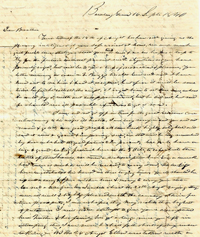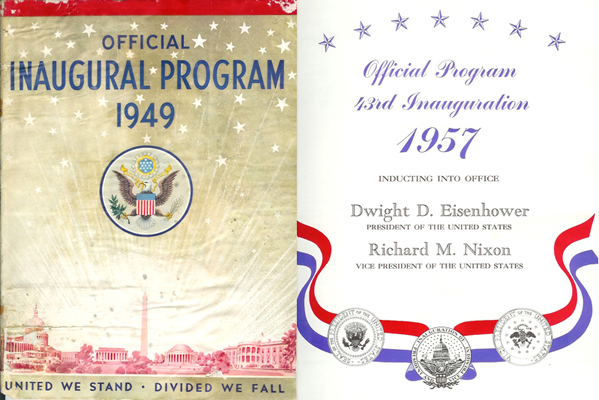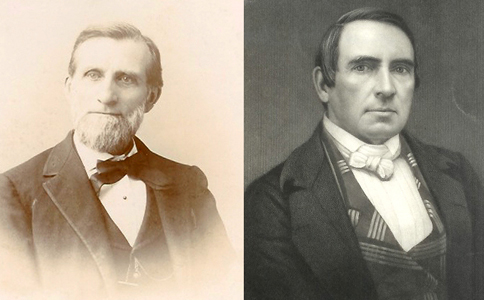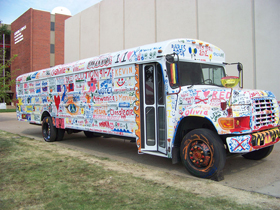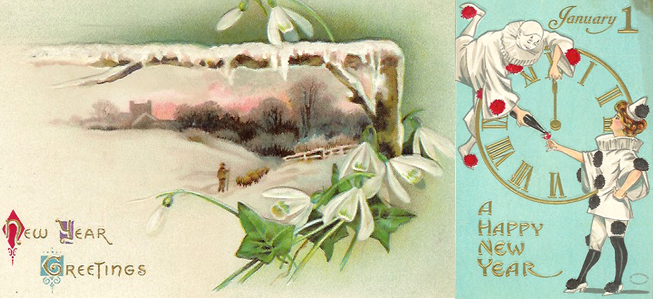Bowling Green has many unique aspects, but its name is not one of them. In addition to the Kentucky city, there are “Bowling Greens” in Ohio, Virginia, Missouri, Florida, Indiana and South Carolina, as well as the famous park in Lower Manhattan. Accordingly, when the Special Collections Library acquired an 1840 letter written from “Bowling Green,” our first task was to confirm that it was indeed a local product.
Finding clues in the letter was made more difficult by the fact that it was written in the crosshatch method–filling a page, then turning it 90 degrees and writing over the completed text, in order to save paper and postage. The author, W. H. Smith, was writing to his brother Joseph in Warrenton, Virginia. His main topic was the illness of several family members. One was “taken with a severe chill and burning fever” so extreme, he reported, that she became deranged and begged their slaves to throw water on her. Others succumbed to similar symptoms, requiring the application of “heated salt red pepper & whiskey” on their arms and legs, as well as repeated doses of quinine, to break their chills. Turning to other matters, Smith discussed his efforts to “buy a negro boy” at a reasonable price, and his mother’s distress at the prospect of unruly slaves being whipped.
Interesting, but not indicative of any particular location. But then there was this: “We are to have a large & grand whig festival here on 5 Oct[obe]r to celebrate the Battle of the Thames,” wrote Smith, referring to a political event commemorating an American victory in the War of 1812. Did Bowling Green, Kentucky host such a festival? An internet search revealed a broadside in the collections of the Western Reserve Historical Society in Cleveland, Ohio, announcing the very same event, sponsored by the “Whigs of Warren.” This could have referred to Warren County, Ohio, were it not for the fact that among the individual sponsors of the event were men named Grider, Quigley, Covington, and Wilkins–easily recognizable as prominent citizens of Warren County, Kentucky. Mystery solved!
Click here to download a finding aid and typescript of W. H. Smith’s letter. For more collections, search TopSCHOLAR and KenCat.

